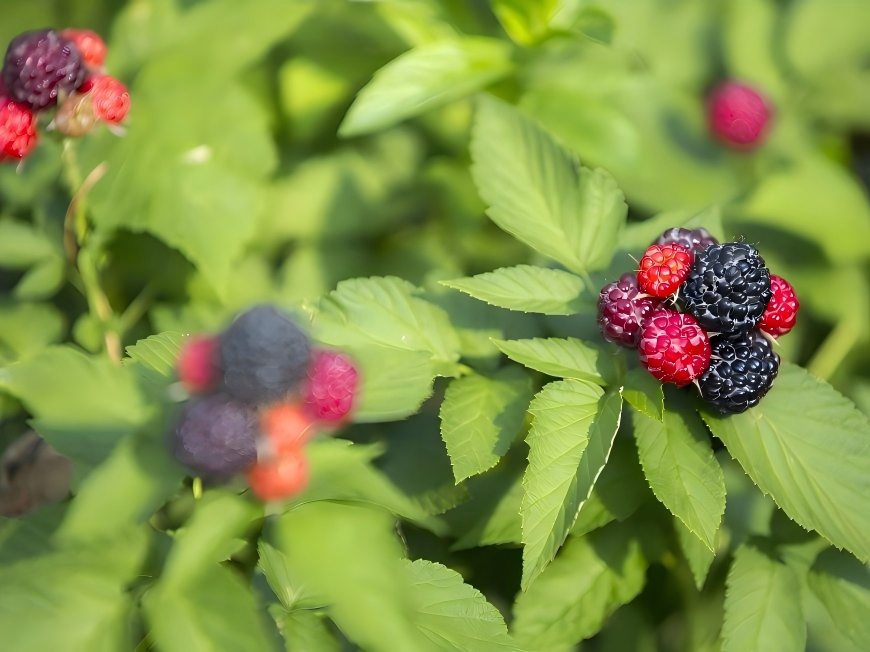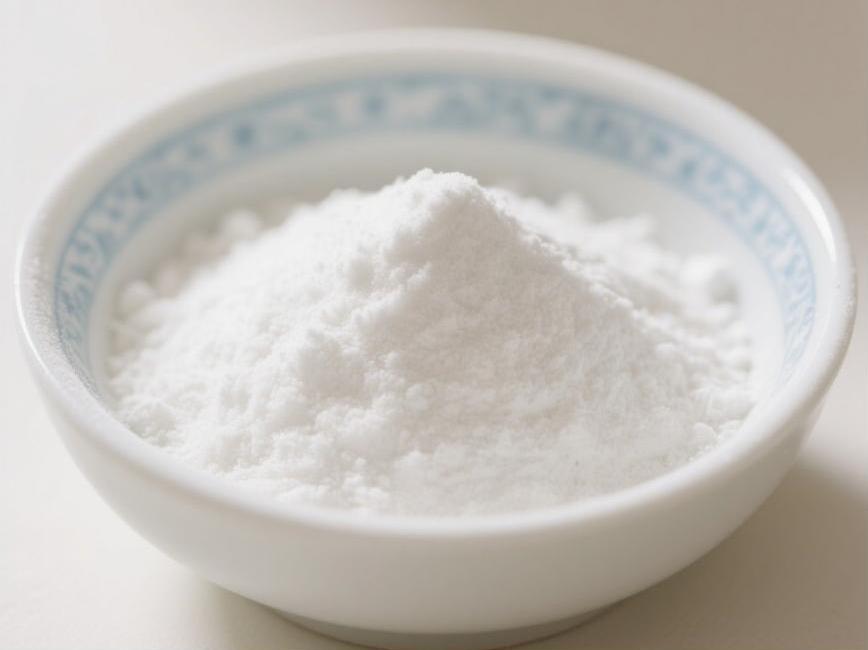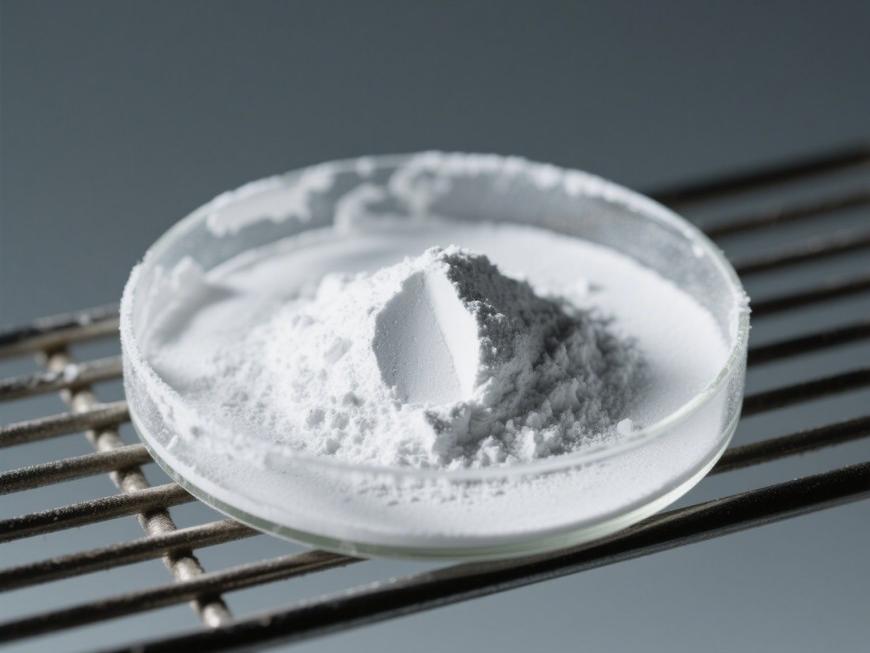Clean Label Alternative: Naturally Fermented Raspberry Ketone Ingredient
Raspberry ketone, as the core aromatic compound of raspberry fruit, possesses a characteristic sweet fruity note with an elegant, pure fragrance that is rich and long-lasting. Green Spring Technology's natural raspberry ketone, produced using advanced bio-fermentation technology, perfectly preserves this natural flavor profile, providing an ideal flavor and aroma foundation for your premium product development.
Internationally recognized as a safe flavoring ingredient, Raspberry Ketone is approved under major global regulations including the US FDA and EU (EC) No 1334/2008. It is widely used as a food flavoring in baked goods, confectionery, beverages, and other products, with a recommended addition level of 40–320 mg/kg. Its exceptional flavor-enhancing and sweetening properties make it an ideal choice for elevating the taste and quality of food and beverage products.
Raspberry ketone is a high-value ingredient with multi-sector applications. In the food industry, it is extensively used to formulate fruit-based flavors like raspberry, strawberry, and grape, as well as floral-type essences such as jasmine and gardenia, effectively enhancing flavor complexity and naturalness. In the cosmetics and personal care sector, it serves as an excellent modifier and fixative in perfumes, skincare products, and tobacco flavorings, delivering long-lasting, pleasant aromatic experiences. Additionally, its skin-brightening and anti-inflammatory properties make it suitable for high-end skincare formulations. Raspberry ketone also functions as a critical fine chemical intermediate for synthesizing pharmaceuticals, dyes, and pesticides, while serving as a highly effective insect attractant in agricultural applications.

Green Spring Technology leverages innovative green bioprocessing to provide you with high-quality natural raspberry ketone powder raw materials, enabling three core enhancements for your products:
· Natural Labeling, High Value-Added
Compliant with international natural certification standards, enabling effortless “naturally sourced” labeling to build a cleaner, healthier brand image and increase product premium potential.
· Superior Performance, Stable Supply
Features pure, rich aroma with high batch consistency, suitable for premium foods, perfumes, skincare, and health products, ensuring sustained flavor and quality in end products.
· Green Sustainability, Compliance & Reliability
Fully traceable, eco-friendly production processes help you navigate global environmental regulations, meet consumer demands for sustainability, and build a responsible corporate image.
1. Stable Physical and Chemical Properties Empower Product Innovation and Quality Enhancement
Green Spring Technology's high-purity raspberry ketone powder (4-(p-hydroxyphenyl)-2-butanone, CAS: 5471-51-2) provides robust support for your product development with its exceptional physical and chemical properties. This product is a high-gloss white crystalline solid with ≥99.5% purity and a stable melting point of 82-83°C, ensuring consistent raw material quality.
Its exceptional solubility (easily dissolves in ethanol, diethyl ether, and volatile oils) enables seamless integration into cosmetic, food, and pharmaceutical formulation processes, streamlining your production workflow. Dual verification through standard infrared characteristic peaks (e.g., 3300 cm⁻¹ and 1700 cm⁻¹) and NMR data provides indisputable quality assurance, mitigating compliance risks. Furthermore, our established spectrophotometric quantitative analysis method (λmax=228nm) achieves precise control with recovery rates >96% and RSD <0.2%, ensuring batch-to-batch stability and helping you effortlessly meet stringent quality audits.
Choosing Green Spring Technology's Raspberry Ketone raw material means selecting reliable quality, efficient production, and worry-free compliance—safeguarding your product innovation.
2 Green Spring Technology Natural Fermented Raspberry Ketone Powder: Green Technology Empowers Premium Ingredient Upgrades, Helping Clients Win the Market
As the core component of raspberry aroma, natural raspberry ketone has long relied on chemical synthesis due to its extremely low natural occurrence and extraction difficulties. Green Spring Technology has successfully achieved large-scale production of high-purity natural raspberry ketone through its leading microbial fermentation process. This provides customers with stable, compliant, and high-quality ingredients bearing natural labels, fully supporting product upgrades and innovation.
Core Fermentation Process and Technical Advantages
Green Spring Technology has established an efficient, specialized raspberry ketone fermentation technology platform through genetic engineering strain selection and optimization of bioconversion pathways:
· Proprietary Engineered Strains: Utilizes multiple proprietary high-expression strains to significantly enhance product yield;
· Oxidative Dehydrogenation and Reduction Process: Achieves efficient, highly selective conversion from natural precursors (e.g., arbutin, coumaric acid) to raspberry ketone via microbial catalysis, supporting substrate concentrations up to 500 g/L with robust industrial scalability;
· Green purification technology: Integrated fermentation-separation coupling process eliminates high-temperature/high-pressure conditions and strong chemical solvents, achieving over 98% naturalness with full environmental compliance.
Delivering Multi-Faceted Value to Customers
Green Spring Technology's naturally fermented raspberry ketone not only resolves environmental concerns and “non-natural” labeling issues inherent in traditional synthetic routes but also directly provides downstream customers with these core benefits:
· ✅ Supports clean label and natural certification: Complies with international natural labeling standards for food, cosmetics, and premium flavors. Enables branding with “biologically fermented” and “naturally extracted” claims to enhance premium pricing power;
· ✅ Ensures high batch consistency and stable supply: Through precision fermentation control and dual quality assurance via spectrophotometry and spectroscopy, the product achieves ≥99.5% purity with pure, full-bodied aroma, guaranteeing consistent flavor and performance in end products;
· ✅ Enables regulatory compliance and global market access: Comprehensive technical documentation meeting China's GB 2760, US FDA GRAS, EU EC No 1334/2008, and other regulatory requirements empowers clients to efficiently address international compliance demands;
· ✅ Advances sustainability and corporate responsibility: Eco-friendly fermentation processes significantly reduce environmental footprint, supporting clients in achieving ESG goals and building responsible brand images.
Green Spring Technology leverages continuously innovating bio-fermentation technology to provide global clients with reliable, high-quality natural raspberry ketone powder raw materials solution, jointly advancing the development of food, flavorings, cosmetics, and health products toward greater naturalness, safety, and sustainability.
3 Partner with Green Spring Technology to usher in a new era of natural flavors
As global consumer demand for green, natural products continues to grow, natural raspberry ketone has become a core ingredient in premium food, flavor, and cosmetic industries. While bioconversion technology still faces scaling challenges, its representation of sustainable development and immense market potential are undeniable.
Green Spring Technology has deeply cultivated bio-fermentation technology, successfully overcoming industrialization challenges for natural raspberry ketone through innovative gene editing and enzyme engineering. We have not only established stable, efficient green production processes but also achieved comprehensive breakthroughs in product purity, aroma consistency, and natural certification.
Moving forward, we will strengthen collaborations across industry, academia, and research to continuously optimize strain performance and process efficiency, driving innovative applications of natural raspberry ketone in broader fields.
By choosing Green Spring, you will gain:
· Stable, reliable, and certified natural raspberry ketone raw materials
· Full-chain technical support from gene to product
· A shared brand commitment to a sustainable future
Contact us today to obtain samples and technical solutions at helen@greenspringbio.com or WhatsApp: +86 13649243917. Together, let's create the next natural, healthy hit product!
References
[1] Sun Bao Guo. Dictionary of Daily Chemical Products [M]. Beijing: Chemical Industry Press, 2002: 171.
[2] Tang Jian. Synthesis and Application of Rubus Fruticosus Ketone [J]. Chemical Technology and Development, 2006, 35 (9): 21-23.
[3] Zhang Zhihong, Xu Limin, and Yao Baoqiang. Spectrophotometric Determination of Raspberry Ketone [J]. Journal of Beijing Institute of Petrochemical Technology, 2005, 13 (4): 15-17.
[4]PEDAPUDI S,CHIN Chee-Kok,PEDERSEN H.Production and elicitation of benzalacetone and the raspberry ketone in cell sus- pension cultures of Rubus Idaeus[J].Biotechnology Progress, 2000,16(3) : 346-349
[5]BOEKER A,FISCHER M,BERGER R G . Rasppbrry ketone from submerged cultured cells of the basidiomycete Nidula Niveo-tomentosa [J].Biotechnology Progress, 2001, 17 ( 3 ) : 568 -572 .
[6]SHIMODA K,HARADA T,HAMADA H,et al.Biotransforma- tion of raspberry ketone and zingerone by cultured cells of Phyto- lacca americana[J].Phytochemistry (Elsevier),2007,68 (4) : 487-492 .
-
Prev
Natural Raspberry Ketone Powder: Unlock Clean Label, Empower Brand Premium
-
Next
What Are the Uses of Papain Powder in the Food Field?


 English
English French
French Spanish
Spanish Russian
Russian Korean
Korean Japanese
Japanese





